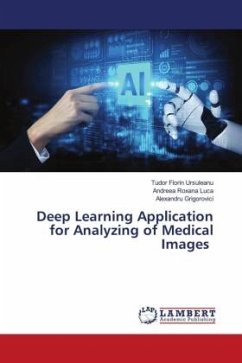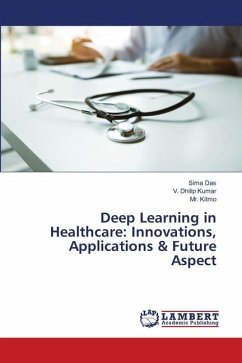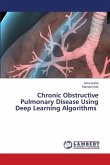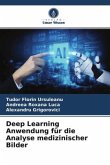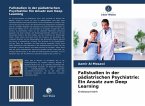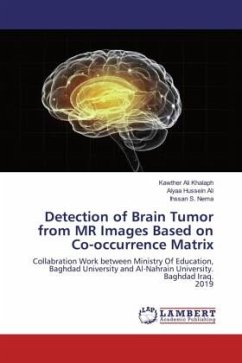The need for time and attention given by the doctor to the patient, due to the increased volume of medical data to be interpreted and filtered for diagnostic and therapeutic purposes has encouraged the development of the option to support, constructively and effectively, deep learning models for applications in the interpretation of medical images. Imaging physicians combine data from different stages and medical experiences, as opposed to DL models that incorporate the same types and modes of artisanal features. The major contribution of this book is primarily to highlight the impact of data quality, type and volume used by deep learning models in medical image analysis accompanied by updated characterization of the components of the deep learning process from data to medical applications. Second, it describes the specific correlations between the components of the deep learning process. Finally, it presents problems and directions for future research.
Hinweis: Dieser Artikel kann nur an eine deutsche Lieferadresse ausgeliefert werden.
Hinweis: Dieser Artikel kann nur an eine deutsche Lieferadresse ausgeliefert werden.

